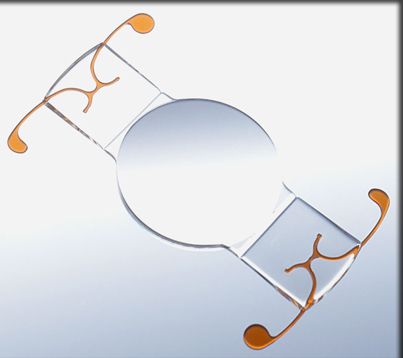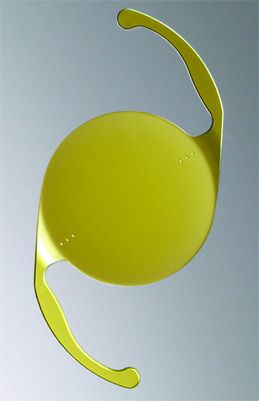Modern Cataract Surgery - Options for Every Patient's Needs
Implantation of an artificial lens with cataract surgery has been successfully performed for decades. Lens implants started out as monofocal implants that only correct for one area of vision. Through the years, many attempts have been made to design a multifocal implant capable of restoring vision at all distances. The newest generation of these multifocal lenses is the most successful implants yet. And, with the advent of laser cataract surgery, some of the most advanced surgical technology is available to patients TODAY!
Laser Cataract surgery is performed using a Femtosecond Laser that actually does parts of the surgery for the physician – resulting in higher levels of safety and accuracy. The laser becomes an extension of the surgeon, allowing for precision, accuracy, and repeatability.


Monovision is a situation where a standard lens implant is placed in both eyes with one set for distance and the other for up close. The major potential advantage of monovision is the reduced need for glasses in distance and near activities. There are, however, many disadvantages to monovision including a loss of depth perception, potential feeling of imbalance between the eyes, and the loss of improved vision when both eyes are working together. Individuals with an active lifestyle are generally poor candidates for monovision. If you are interested in monovision, you should schedule a 3 week trial with contact lenses to ensure monovision will work for you.
Whichever lens you choose, our goal is your satisfaction. We strive to achieve the very best outcomes for all our patients. With the latest technology and highly skilled doctors and staff, we are confident that we can deliver the vision you deserve.

